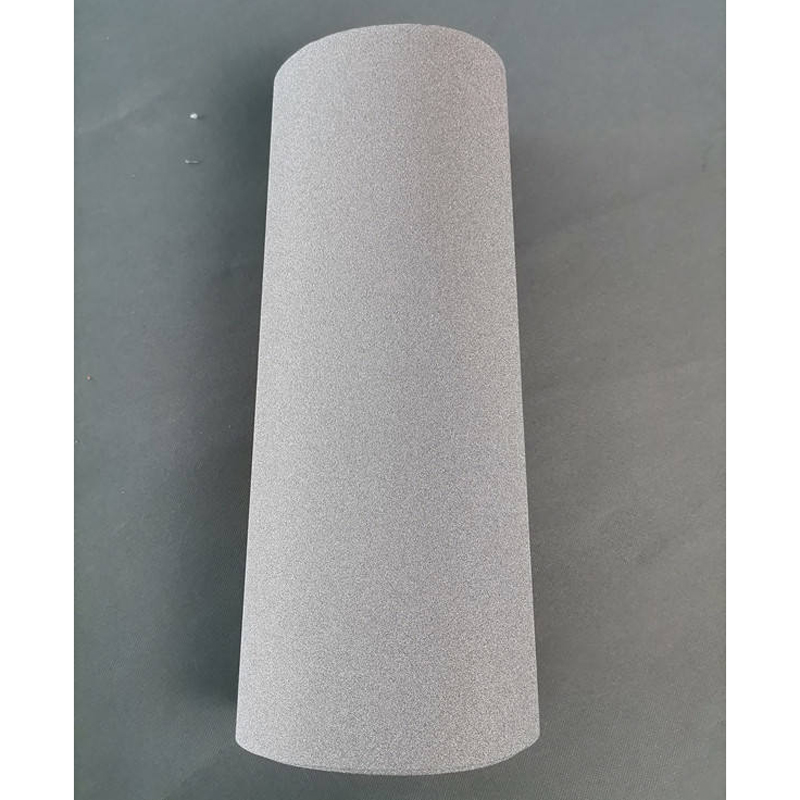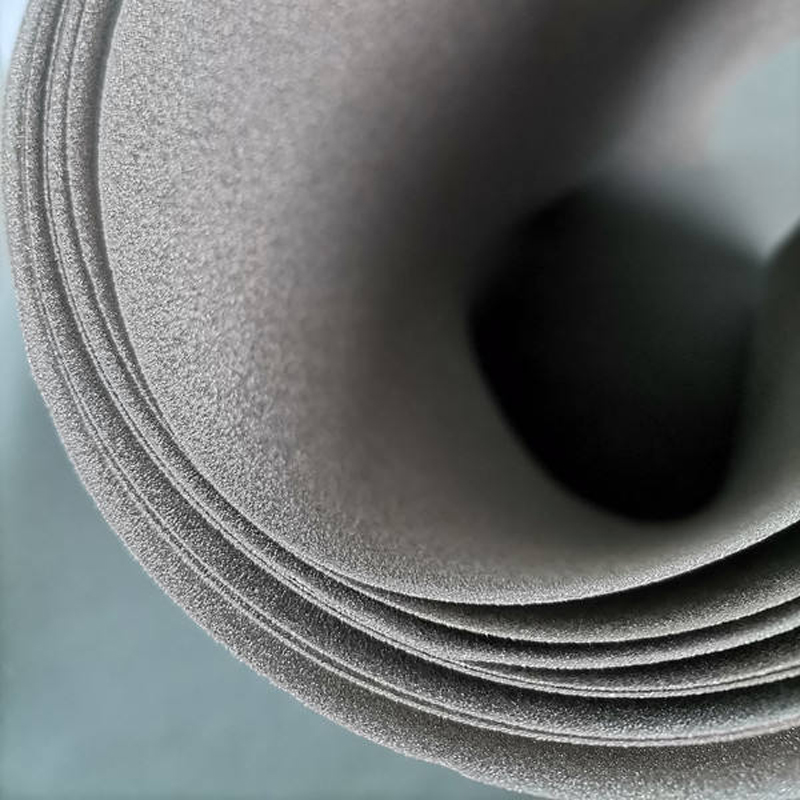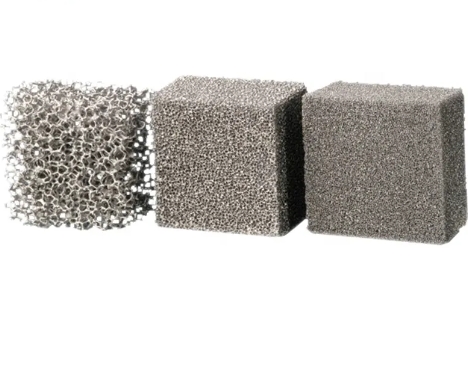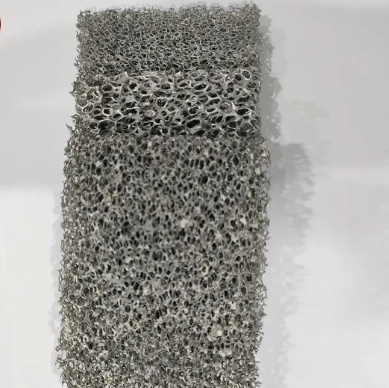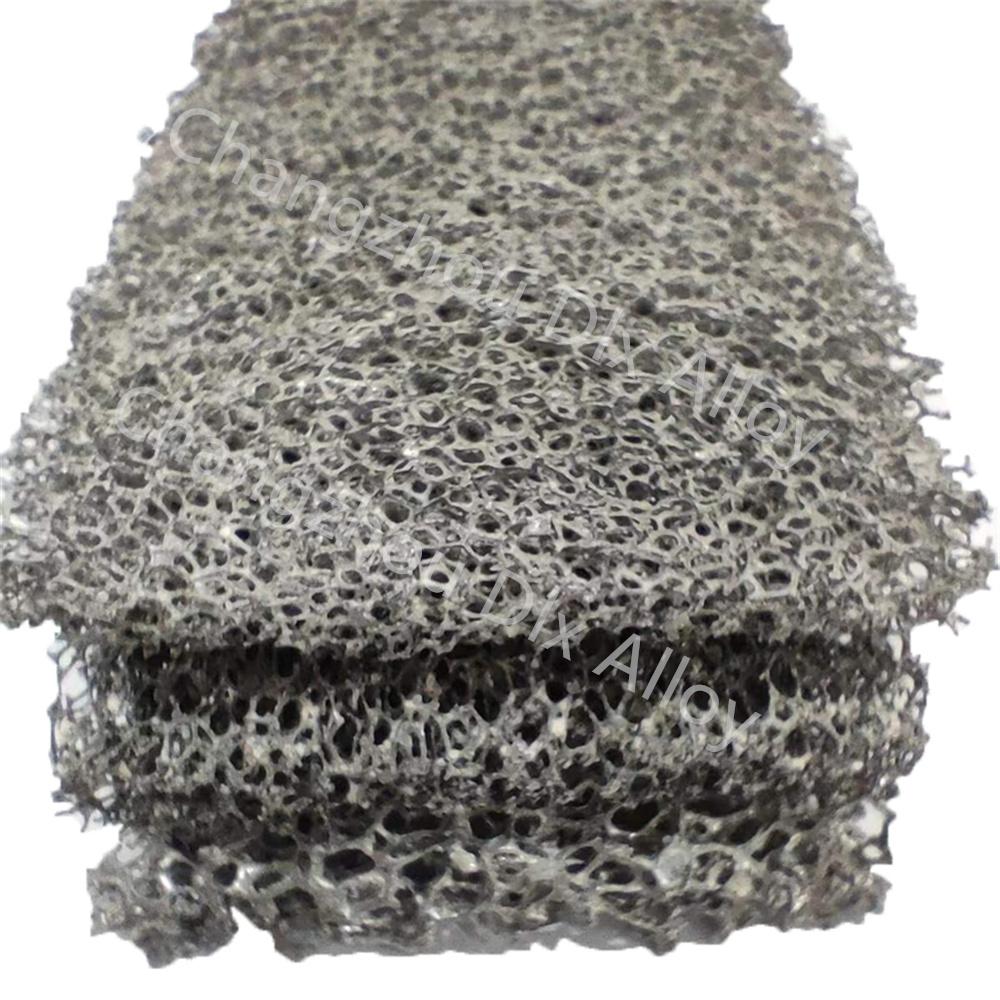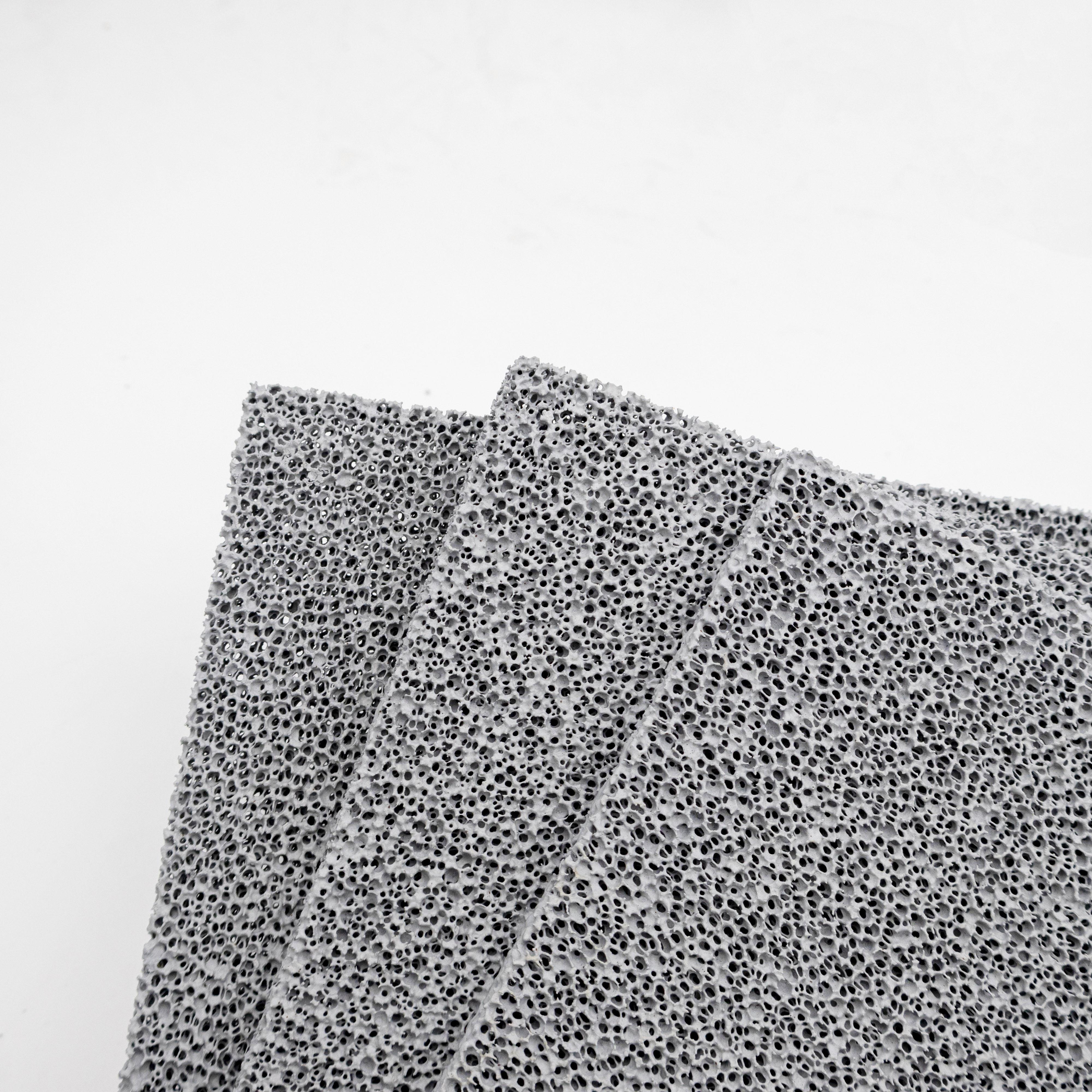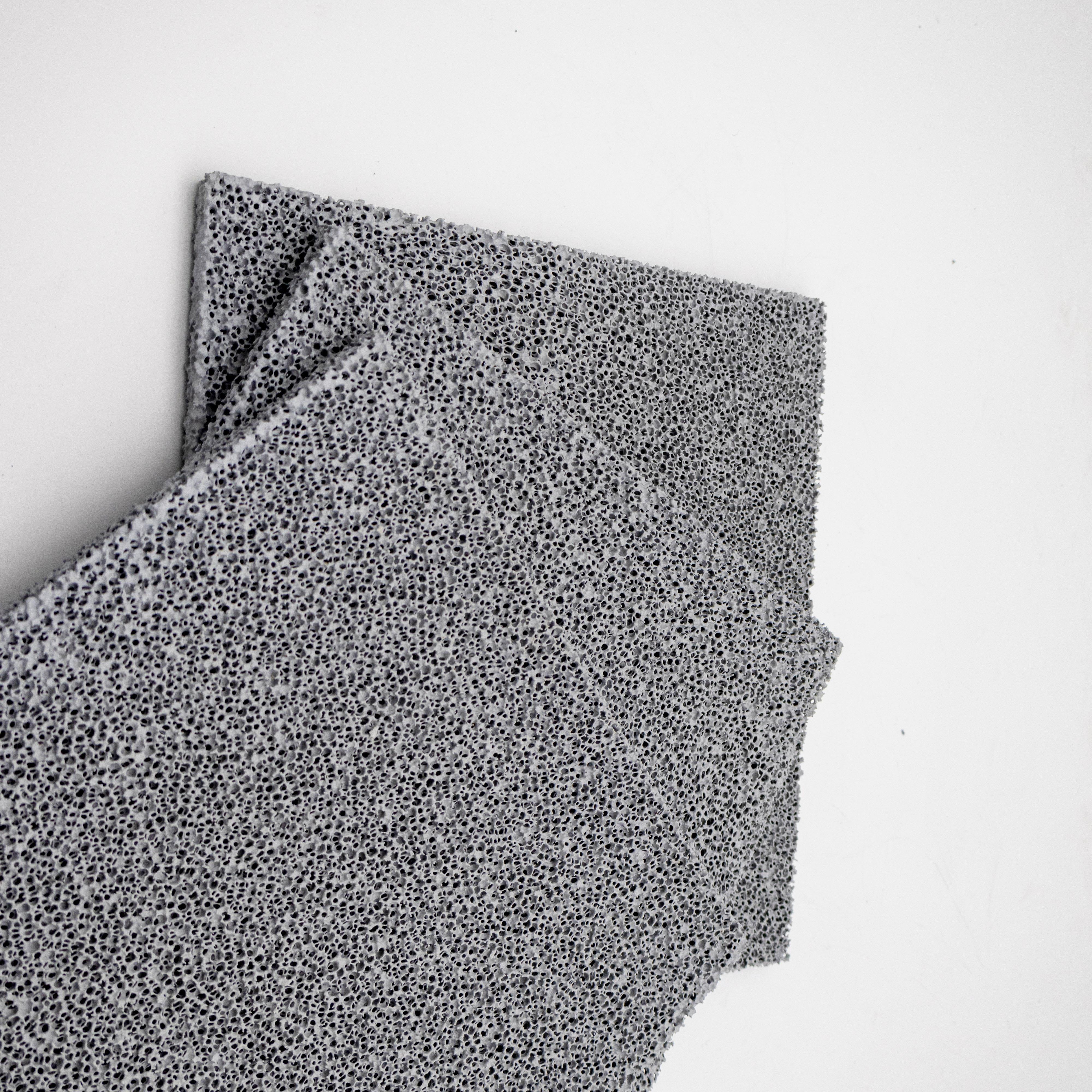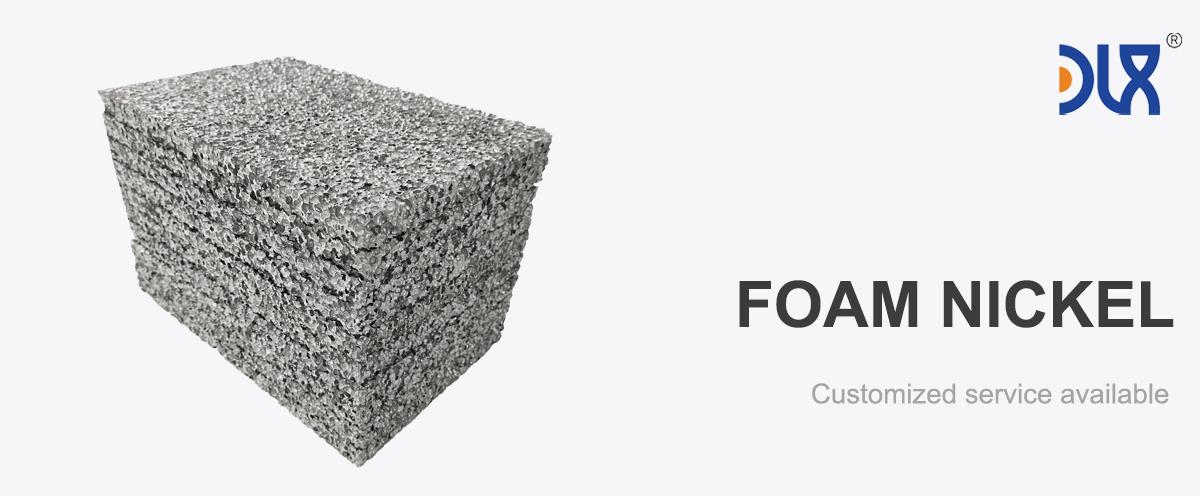
Our flexible Nickel Foam sheets for magnetic flux conductors are a breakthrough material designed to optimize electromagnetic performance in everything from wireless chargers to electric vehicles. Lightweight, bendable, and highly conductive, these sheets are built to guide magnetic fields with precision while fitting into the tightest spaces. Let’s explore what makes our nickel foam sheets a standout, dive into their applications, unpack industry trends, and show why we’re leading the pack in delivering cutting-edge solutions.
Our nickel foam sheets are thin, porous layers of high-purity nickel with a unique, open-cell structure that boasts up to 95% porosity. This gives them a massive surface area and exceptional magnetic permeability, making them perfect for conducting magnetic flux in electromagnetic devices. Unlike rigid materials, our sheets are flexible, allowing them to bend and conform to complex shapes without losing performance. They’re also corrosion-resistant, lightweight (as low as 0.1 g/cm³), and highly conductive, both electrically and thermally. We craft them using advanced electrodeposition techniques, ensuring uniform pore sizes and customizable thicknesses to suit your specific needs. Whether you’re shielding sensitive electronics or building next-gen transformers, our foam sheets deliver unmatched efficiency and durability.
Why Nickel Foam Sheets Matter
Magnetic flux conductors are critical for managing magnetic fields in devices like inductors, transformers, and wireless charging systems. Our nickel foam sheets excel here because of their unique properties. Their high porosity and magnetic permeability minimize energy loss, ensuring efficient flux conduction. The flexibility lets them fit into intricate designs, saving space and reducing weight—key for modern electronics and vehicles. Plus, their corrosion resistance ensures they hold up in humid or chemically harsh environments, extending device lifespans. With excellent electrical conductivity, they also support energy transfer in high-performance applications, making them a go-to choice for innovative designs.
|
Material |
Nickel foam, Sold in sheet |
|
Dimension |
500*1000, or customized as request |
|
Thickness |
0.5mm, 1.0mm, 1.5mm, 2.0mm, etc |
|
The aperture |
80 PPI (5-80 PPI available) |
|
Porosity |
90-98% |
|
Through Hole Rate |
≥98% |
|
Bulk density |
0.15-0.45g/cm3 |
For more details, pls directly contact us.
The nickel foam market is thriving, fueled by the rise of flexible electronics, electric vehicles, and renewable energy. Valued at $180.5 million in 2023, it’s expected to reach $246.7 million by 2030, growing at a CAGR of 5.42%. The push for lightweight, high-efficiency materials is a major driver, especially in automotive and aerospace, where weight reduction is critical. Meanwhile, the growing adoption of wireless charging and electromagnetic shielding in consumer electronics is boosting demand for materials like our nickel foam sheets.
Sustainability is reshaping the industry. Regulations and consumer demand are pushing manufacturers toward recyclable materials and eco-friendly production. Our nickel foam sheets check both boxes—they’re fully recyclable and made with energy-efficient processes. Innovations like 3D printing and advanced electroforming are also opening new possibilities, allowing us to tailor foam structures for specific magnetic applications. As industries prioritize compact, efficient, and durable solutions, our nickel foam sheets are poised to lead the market.
Applications: Where Our Nickel Foam Sheets Shine
Our flexible nickel foam sheets are incredibly versatile, powering a wide range of applications:
-
Magnetic Shielding: They protect sensitive electronics from electromagnetic interference (EMI), ensuring reliable performance in smartphones, medical devices, and aerospace systems.
-
Wireless Charging Systems: Their high magnetic permeability optimizes energy transfer in wireless chargers for phones, EVs, and wearables, improving efficiency.
-
Transformers and Inductors: The foam’s conductivity and flexibility make it ideal for compact, high-performance transformers and inductors in power supplies and renewable energy systems.
-
Electric Vehicles (EVs): Lightweight and efficient, our sheets reduce vehicle weight while enhancing electromagnetic components like motors and charging systems.
-
Aerospace: Their ability to conform to complex shapes and resist corrosion makes them perfect for lightweight shielding and energy transfer in satellites and aircraft.
-
Medical Devices: From MRI machines to portable diagnostics, our foam ensures reliable magnetic performance in compact, durable designs.
Industry Trends: What’s Driving Nickel Foam Forward
The nickel foam market is evolving rapidly, and we’re staying ahead of the curve. Here are the trends shaping the industry:
-
Flexible Electronics Surge: The rise of wearables, foldable devices, and compact electronics is driving demand for flexible, high-performance materials like our foam sheets.
-
Electrification Boom: EVs and hybrid vehicles rely on efficient electromagnetic components, and our foam’s lightweight design and conductivity make it a top choice.
-
Sustainability Focus: Eco-friendly production and recyclable materials are non-negotiable, and our foam aligns with these goals through sustainable manufacturing.
-
Customization Demand: Advances in 3D printing and electroforming let us fine-tune pore sizes and sheet thicknesses for specific applications, boosting performance.
-
Weight Reduction: Industries like automotive and aerospace are obsessed with lightweight materials, and our foam’s low density delivers big wins.
-
EMI Shielding Growth: As electronics become more pervasive, the need for effective EMI shielding is skyrocketing, and our foam excels in this role.
Comparison Parameters Table
|
Parameter |
Nickel Foam Sheets |
Solid Nickel |
Iron-Based Materials |
Copper-Based Materials |
|---|---|---|---|---|
|
Magnetic Permeability |
High (excellent for flux conduction) |
High (but less porous) |
Moderate (lower than nickel) |
Low (poor magnetic performance) |
|
Flexibility |
High (conforms to complex shapes) |
Low (rigid, difficult to shape) |
Low (brittle or rigid) |
Moderate (less flexible than nickel foam) |
|
Weight |
Lightweight (0.1-1.0 g/cm³) |
Heavy (8.9 g/cm³) |
Heavy (7.8 g/cm³) |
Moderate (8.96 g/cm³) |
|
Electrical Conductivity |
High (supports efficient energy transfer) |
High (but denser) |
Moderate (higher resistance) |
High (but poor magnetic properties) |
|
Corrosion Resistance |
Excellent (resists environmental degradation) |
Good (susceptible to some oxidation) |
Poor (prone to rust) |
Moderate (oxidizes over time) |
|
Porosity |
High (up to 95%, enhances performance) |
None (solid structure) |
None (solid or low porosity) |
Low (limited porosity) |
|
Recyclability |
Fully recyclable |
Recyclable (energy-intensive) |
Recyclable (but rust affects quality) |
Recyclable (complex process) |
|
Cost-Effectiveness |
Moderate (long lifespan, high performance) |
High (expensive due to density) |
Low (cheaper but less efficient) |
Moderate (higher material costs) |
We’re not just making nickel foam sheets—we’re crafting solutions that redefine electromagnetic performance. Here’s why our product stands out:
-
Unmatched Flexibility: Our sheets bend and conform to any shape, making them perfect for compact, complex designs in modern devices.
-
Superior Magnetic Performance: With high permeability and porosity, our foam minimizes energy loss and maximizes flux conduction efficiency.
-
Corrosion Resistance: Built to withstand harsh environments, our sheets ensure long-lasting performance and reduced maintenance.
-
Lightweight Design: At 0.1-1.0 g/cm³, they slash weight without sacrificing strength, ideal for EVs, aerospace, and portable electronics.
-
Eco-Friendly Approach: Fully recyclable and produced with sustainable methods, our foam supports your green initiatives and global standards.
-
Expert Customization: We tailor pore size, thickness, and density to your exact specs, backed by our team’s deep industry knowledge.
A Competitive Edge: How We Stack Up
Our nickel foam sheets outshine other materials in the magnetic flux conductor space. Solid nickel, while conductive, is heavy and rigid, limiting its use in compact or flexible designs. Iron-based materials are cheaper but prone to rust and less efficient at conducting magnetic flux. Copper-based materials offer good electrical conductivity but fall short in magnetic performance and corrosion resistance. Our nickel foam sheets hit the sweet spot: lightweight, flexible, highly permeable, and durable, with a porous structure that boosts performance in electromagnetic applications.
We go beyond the product itself. Our team offers end-to-end support, from custom design consultations to post-production service, ensuring you get the most out of our foam. Our advanced manufacturing techniques, like electrodeposition and 3D printing, deliver consistent quality and tailored solutions that competitors can’t match.
Looking to the Future
The future of flexible nickel foam sheets is electric, and we’re excited to lead the charge. As industries like EVs, renewable energy, and flexible electronics continue to grow, the demand for lightweight, efficient, and sustainable materials will skyrocket. We’re investing heavily in R&D to push the boundaries of what our foam can do, from developing ultra-thin sheets for wearables to high-density options for EV charging systems. Our commitment to sustainability means we’re constantly refining our processes to reduce waste and energy use, aligning with global environmental goals.
Our flexible nickel foam sheets aren’t just a material—they’re a catalyst for innovation in electromagnetic applications. They’re lightweight, bendable, and built to power the next generation of devices. Ready to see how they can transform your project? Let’s talk about making it happen.
For more details, pls directly contact us.

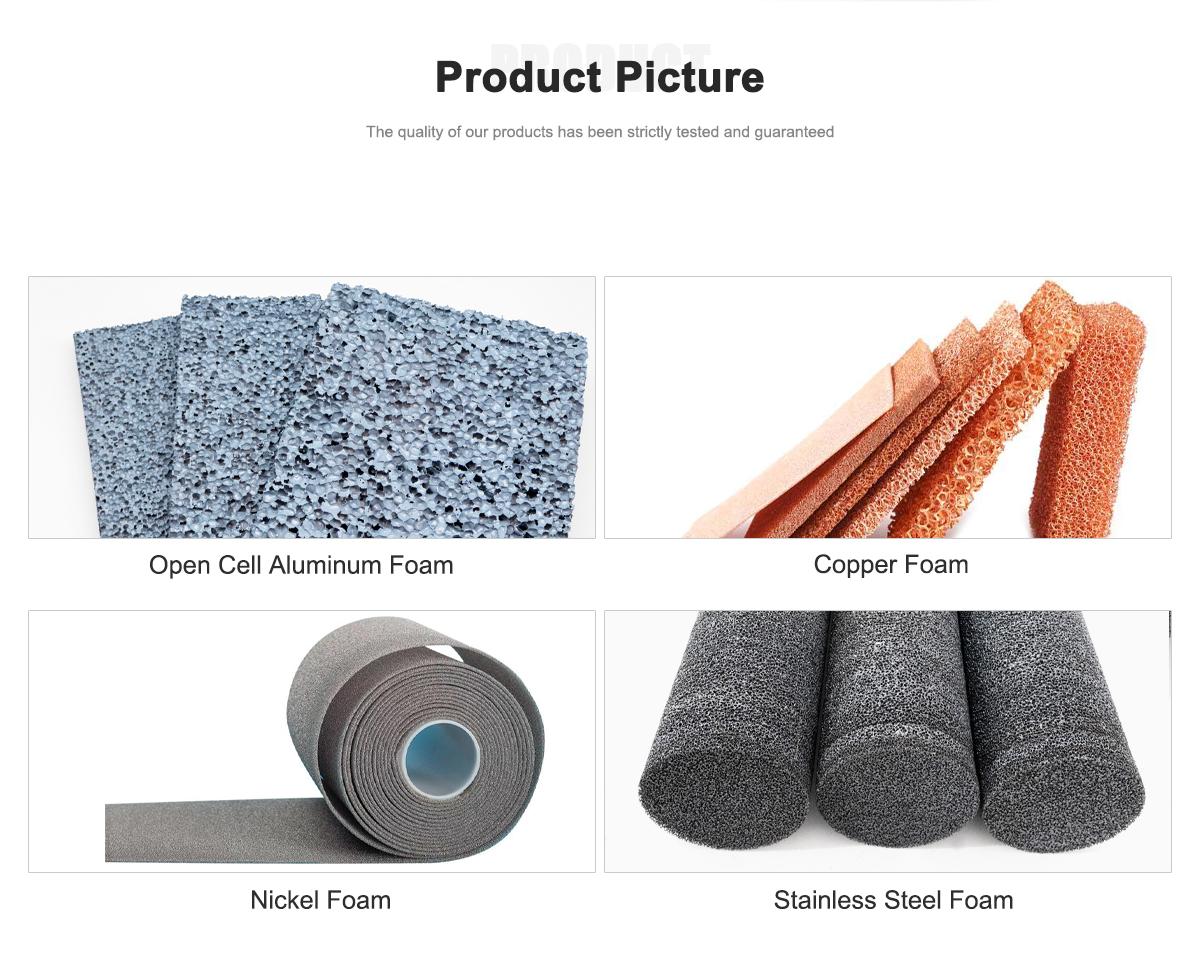
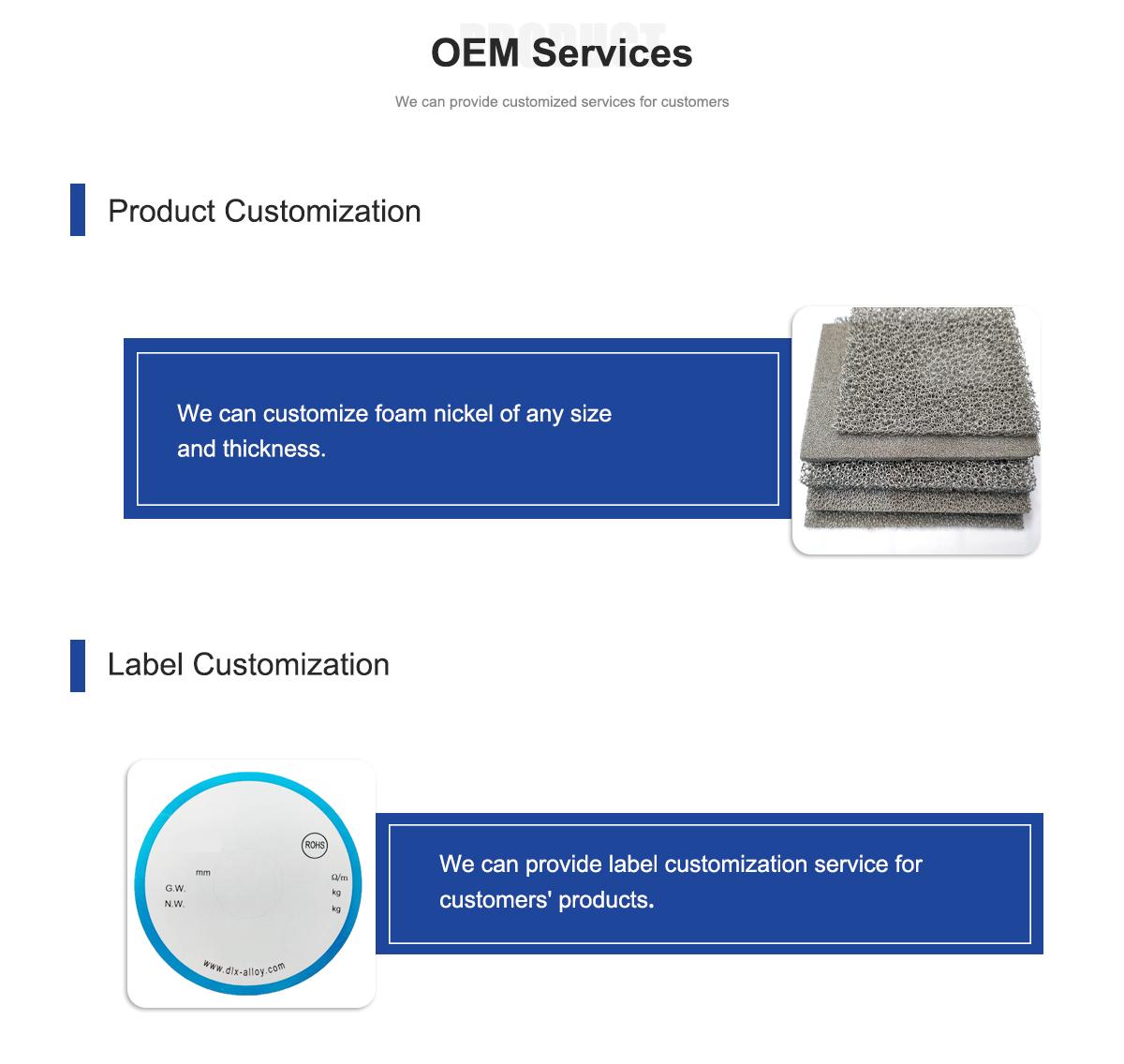
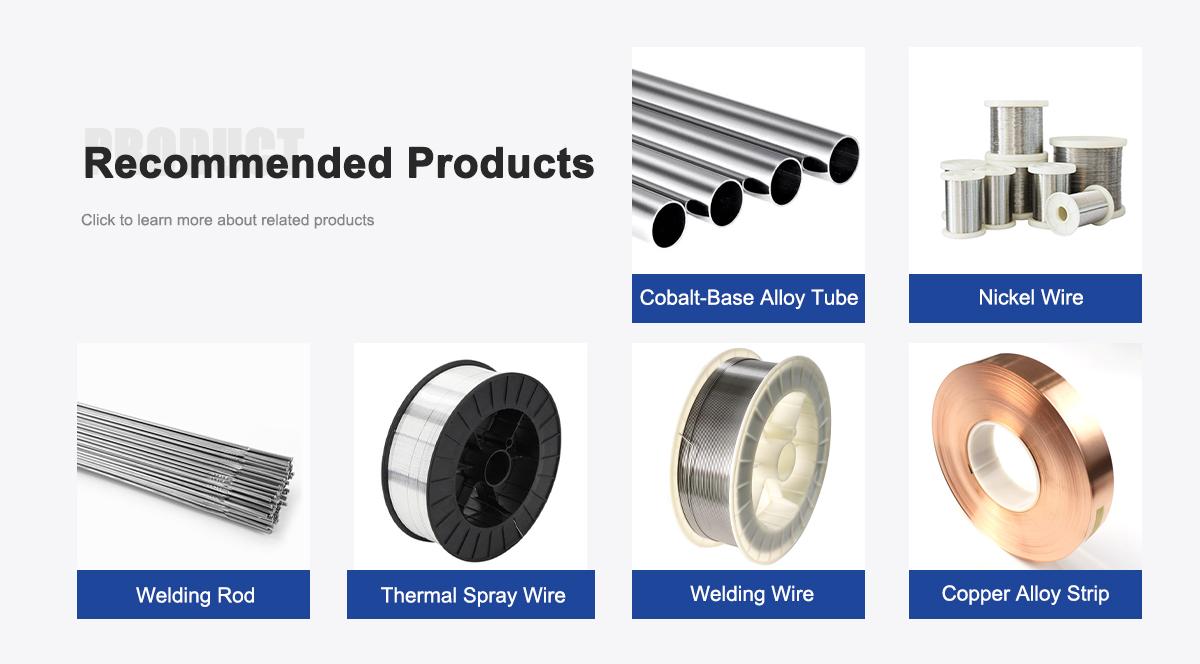
About Us:
Our 12,000㎡ factory is equipped with complete capabilities for research, production, testing, and packaging. We strictly adhere to ISO 9001 standards in our production processes, with an annual output of 1,200 tons. This ensures that we meet both quantity and quality demands. Furthermore, all products undergo rigorous simulated environment testing including high temperature, high pressure, and corrosion tests before being dispatched, ensuring they meet customer specifications.
For all our clients, we offer timely and multilingual after-sales support and technical consulting, helping you resolve any issues swiftly and efficiently.

Client Visits
Building Stronger Partnerships

We support all kinds of testing:


FAQs:
-
What are flexible nickel foam sheets?
They’re lightweight, porous nickel-based sheets designed to conduct magnetic flux efficiently, offering flexibility and high conductivity for various applications. -
How do nickel foam sheets work as magnetic flux conductors?
Their porous structure and high magnetic permeability guide magnetic fields effectively, reducing energy loss and enhancing performance in electromagnetic devices. -
Which industries use these nickel foam sheets?
They’re used in electronics, automotive, aerospace, renewable energy, and medical device industries for electromagnetic shielding and energy transfer. -
Why is flexibility important for nickel foam sheets?
It allows the sheets to conform to complex shapes and fit into tight spaces, making them ideal for custom designs in compact devices. -
What are the key applications of nickel foam sheets?
They’re used in magnetic shielding, wireless charging systems, transformers, inductors, and electromagnetic interference (EMI) suppression. -
How do nickel foam sheets compare to other materials?
They offer better flexibility, higher magnetic permeability, and lighter weight than alternatives like solid nickel or iron-based materials. -
What are the latest trends in nickel foam for magnetic applications?
Growing demand for lightweight materials, advancements in flexible electronics, and eco-friendly production are driving innovation in this space. -
Are nickel foam sheets environmentally friendly?
Yes, they’re fully recyclable, support energy-efficient devices, and are produced using sustainable manufacturing processes.

